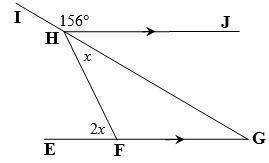
Mathematics, 25.11.2021 22:00 bonnerjennifer
In each of (a)–(f), answer the following questions: Is
A ⊆ B? Is B ⊆ A? Is either A or B a proper subset of the
other?
a. A = {2,{2}, (√2)2}, B = {2, {2}, {{2}}}
b. A = {3,
√52 − 42, 24 mod 7}, B = {8 mod 5}
c. A = {{1, 2}, {2, 3}}, B = {1, 2, 3}
d. A = {a, b, c}, B = {{a}, {b}, {c}}
e. A = {√16, {4}}, B = {4}
f. A = {x ∈ R | cos x ∈ Z}, B = {x ∈ R | sin x ∈ Z}

Answers: 1


Other questions on the subject: Mathematics

Mathematics, 20.06.2019 18:04, decoreyjpaipxv
To show that polygon abcde is congruent to polygon fghij, a must be used to make the two polygons coincide. a sequence of two transformations that can be used to show that polygon abcde is congruent to polygon fghij is .
Answers: 1


You know the right answer?
In each of (a)–(f), answer the following questions: Is
A ⊆ B? Is B ⊆ A? Is either A or B a proper...
Questions in other subjects:



History, 19.03.2020 01:24

Mathematics, 19.03.2020 01:24









